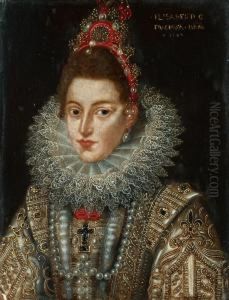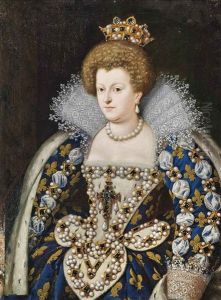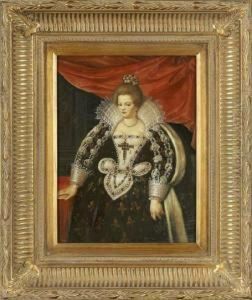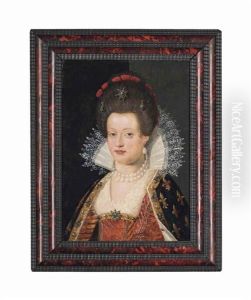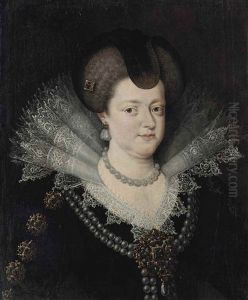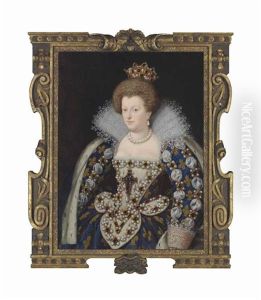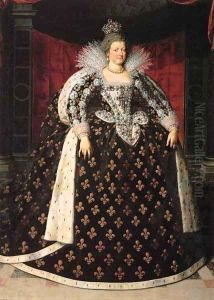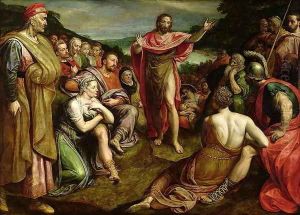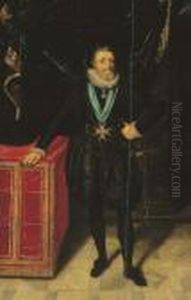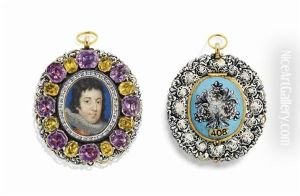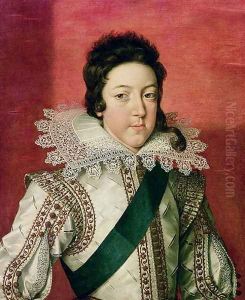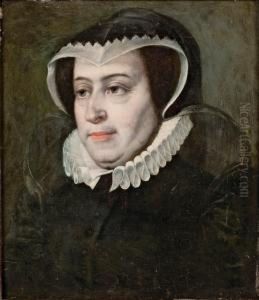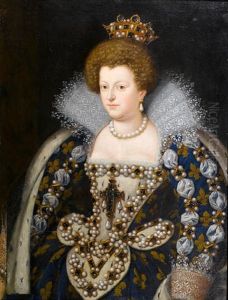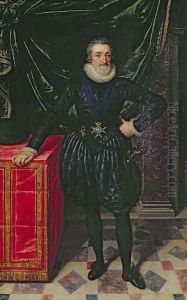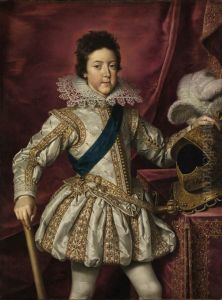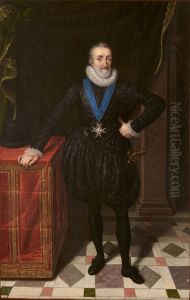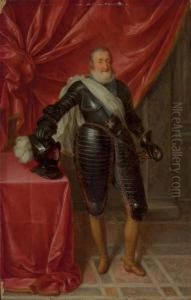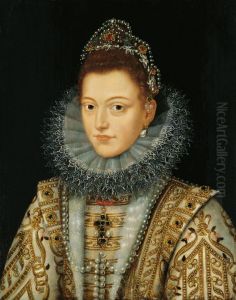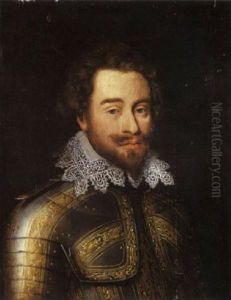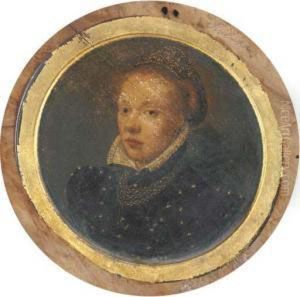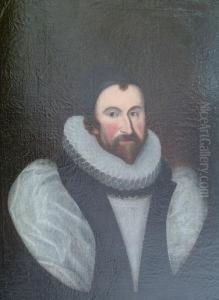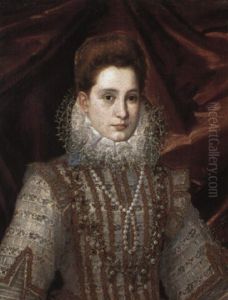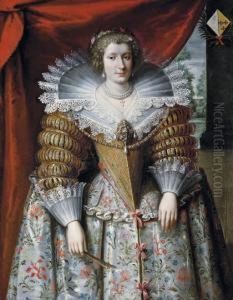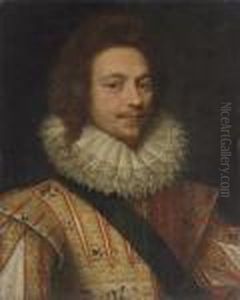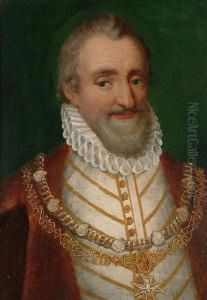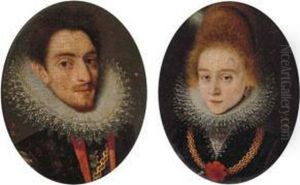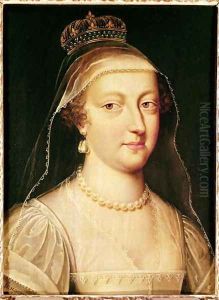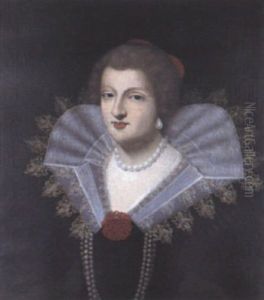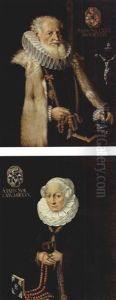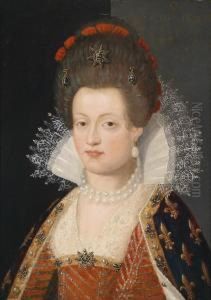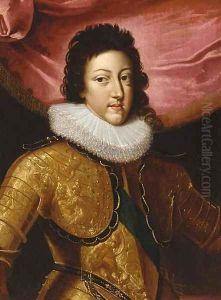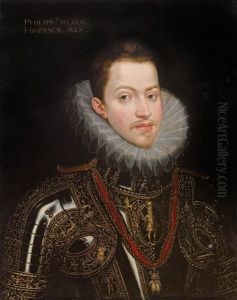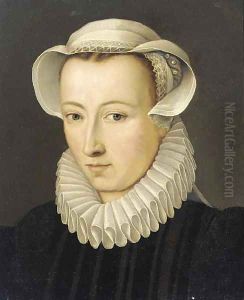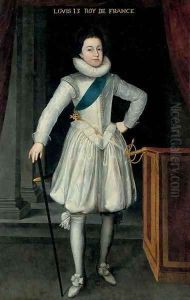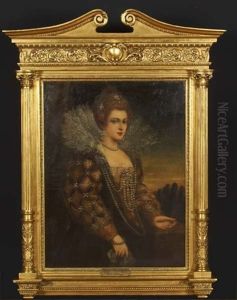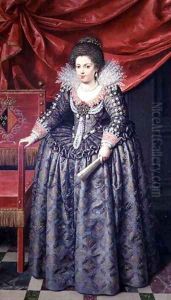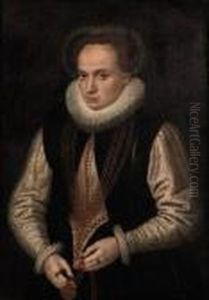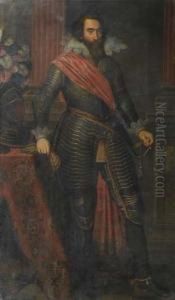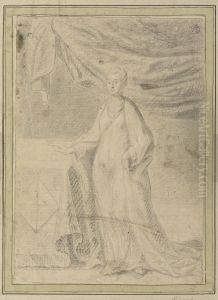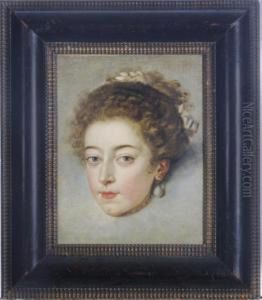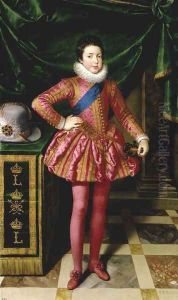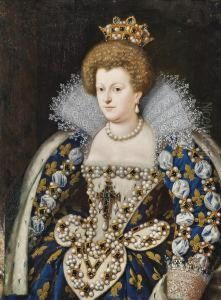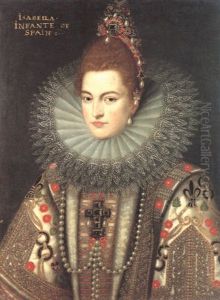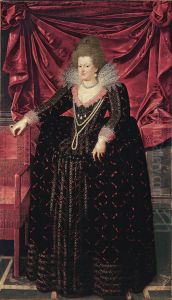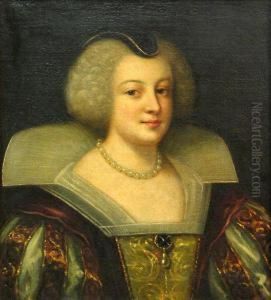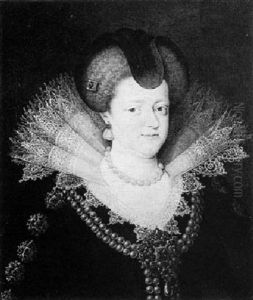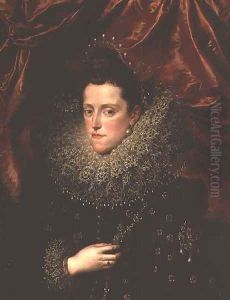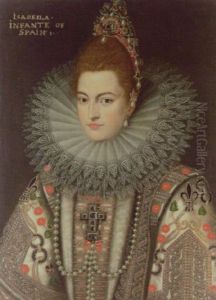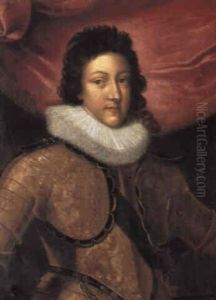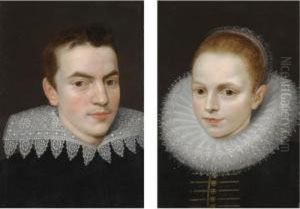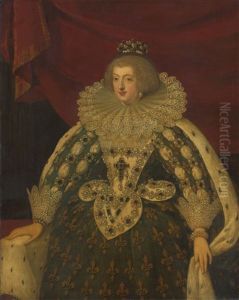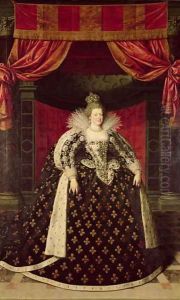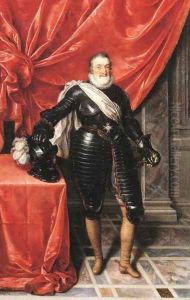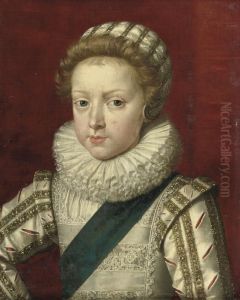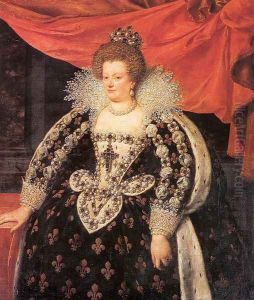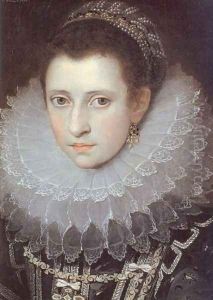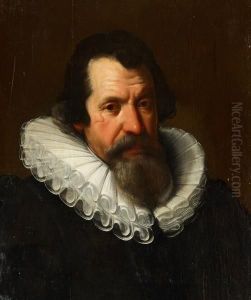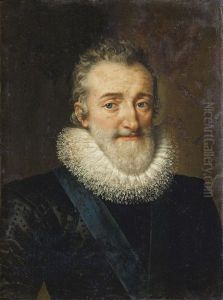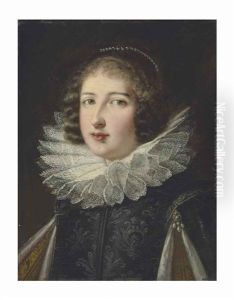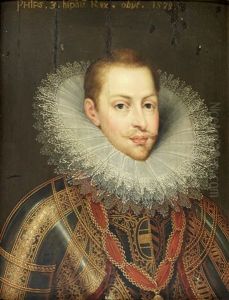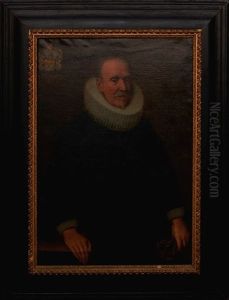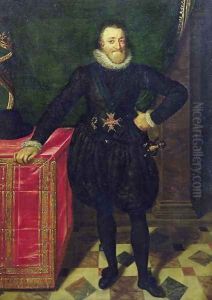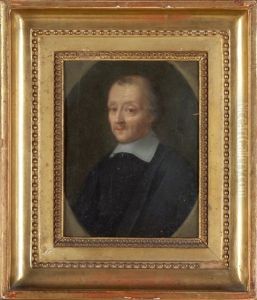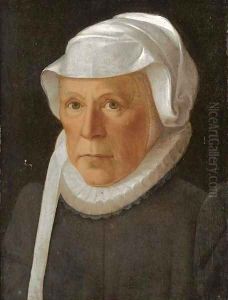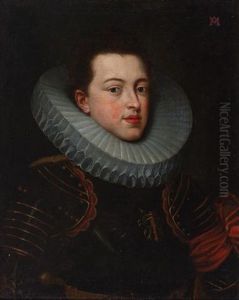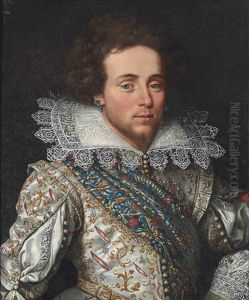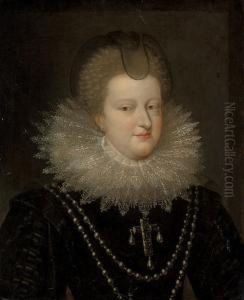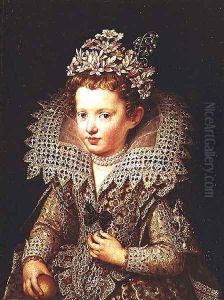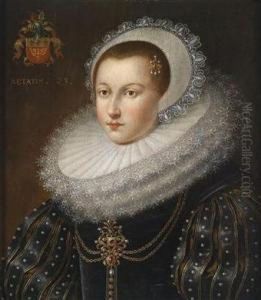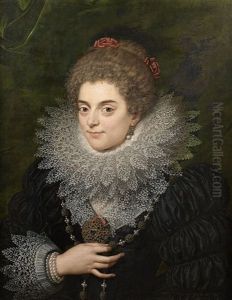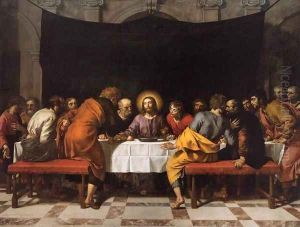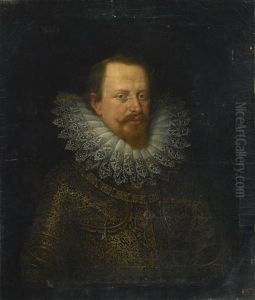Frans Pourbus the younger Paintings
Frans Pourbus the Younger was a Flemish painter who became known for his portraits of the European elite during the late 16th and early 17th centuries. Born in Antwerp in 1569, he was part of a dynasty of artists; his father, Frans Pourbus the Elder, was also a respected artist, and his grandfather, Pieter Pourbus, was a painter and cartographer.
Pourbus the Younger began his artistic training under the guidance of his father and was later a pupil of the prominent portraitist Hans Wierix. His early career was spent in Antwerp, where he became a master in the Antwerp Guild of St. Luke by the age of 21. His talent for portraiture quickly garnered attention, and by the end of the 16th century, he was working for the Brussels court of Archduke Albert and Infanta Isabella, who were the sovereigns of the Spanish Netherlands.
In 1600, Pourbus moved to Italy at the invitation of Duke Vincenzo I Gonzaga of Mantua, where he entered the service of the Gonzaga family. His Italian period was brief, as he left Mantua to become the court painter to Marie de' Medici in France in 1609. This position marked the height of his career, as he painted the portraits of French nobility and royalty, including King Henry IV.
Pourbus was known for his meticulous technique and his ability to capture the intricate details of his sitters' attire and jewels, which was highly appreciated in courtly circles. His portraits are characterized by a smooth painting style, elegant poses, and a refined representation of textures and fabrics. He played a significant role in the transition between the late Mannerist and early Baroque styles in Northern European portraiture.
The artist spent the latter part of his life in Paris, where he continued to work for the French court and also took on private commissions. His influence extended to the next generation of portraitists, and his works were sought after for their lifelike representation and the social status they conferred upon their subjects. Frans Pourbus the Younger died in Paris in 1622, leaving behind a legacy as one of the most important portrait painters of his time.
